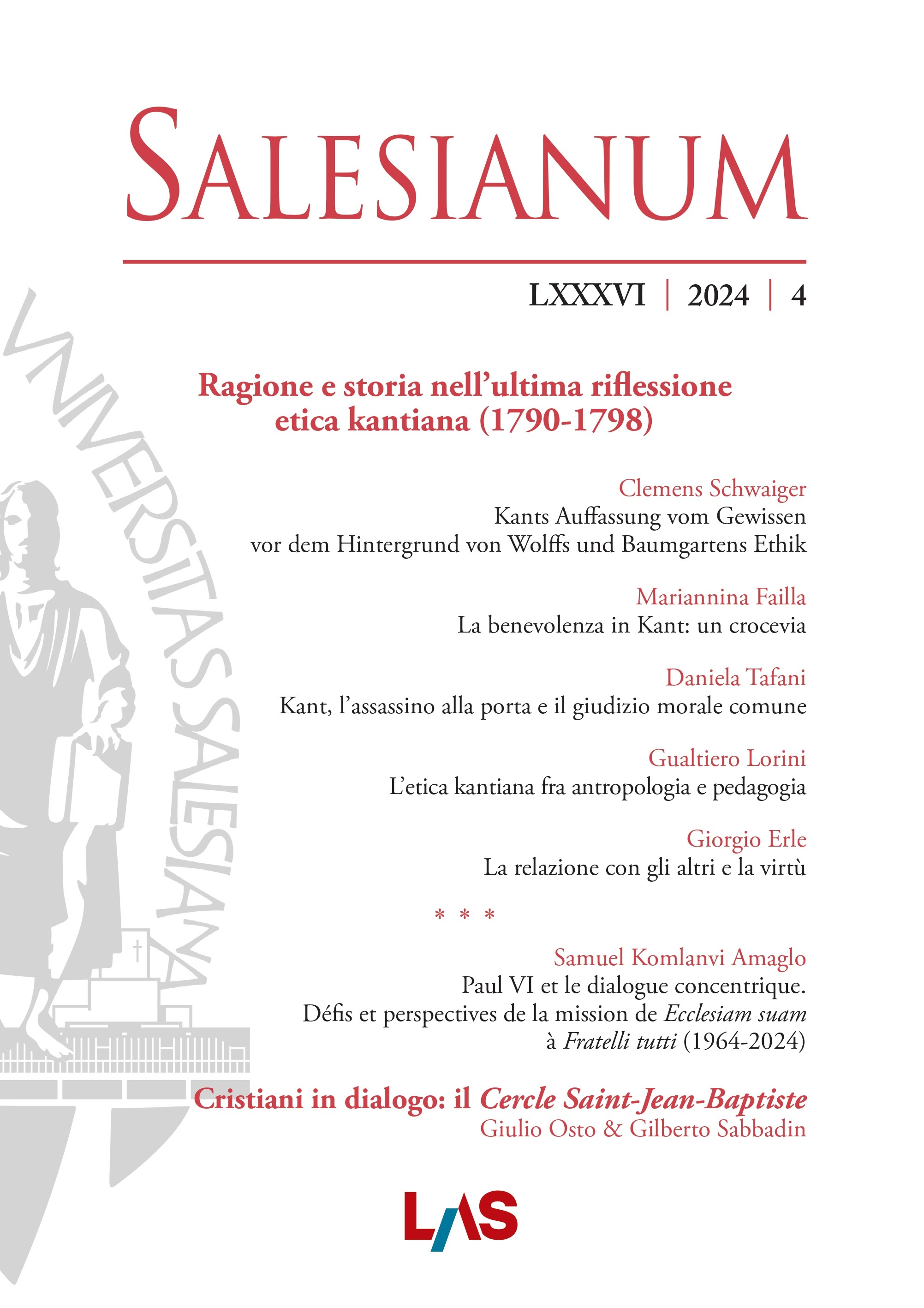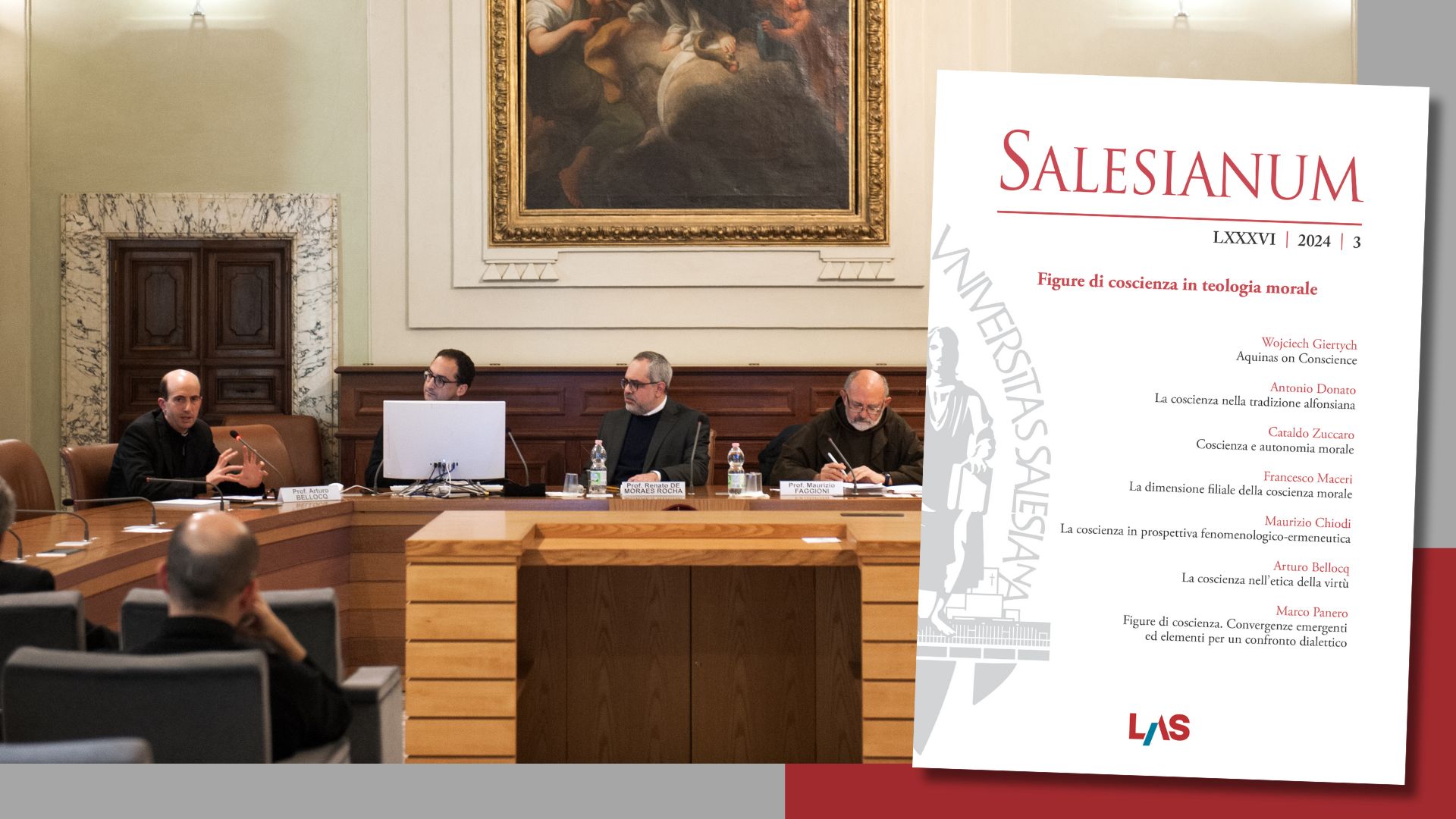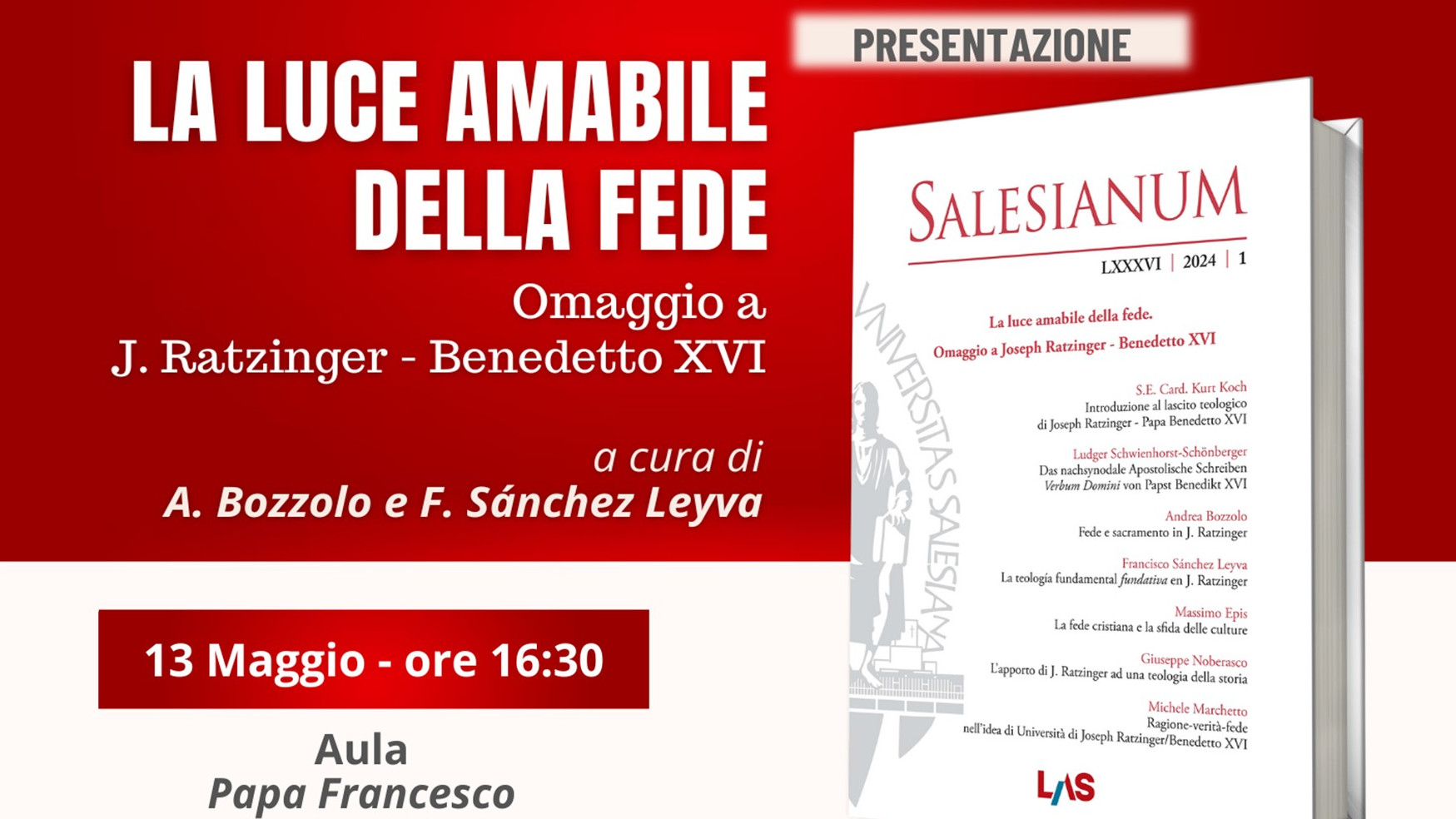Lo sviluppo dell'identità della catechesi dal Magistero conciliare al Direttorio (2020)
Salesianum vol. 82 (2020) n. 4, 688-715
Sezione: Studia
Sommario
L’articolo intende considerare lo sviluppo dell’identità della “catechesi” dal Concilio Vaticano II al Direttorio per la catechesi (2020), prendendo in esame le definizioni/descrizioni del termine nel magistero ecclesiale universale, e in obliquo in alcuni pronunciamenti del magistero locale e in talune riflessioni scaturite dalla letteratura catechetica nell’arco degli ultimi cinquanta/sessanta anni. Passando in rassegna la serie di accezioni ed accentuazioni che si stagliano da una polarità “trasmissiva” (istruttiva) ad un’altra “generativa” (educativa), l’Autore tenta di operare un recupero e un’opportuna riscrittura del termine “catechesi”, cercando di ridare significato a questo vocabolo caro alla “tradizione ecclesiale” e che dovrebbe mantenere ancora oggi tutto il suo spessore e vigore, continuare ad essere rivisitato e aggiornato, senza venir depotenziato dall’uso e logorato dal tempo. Se appare sempre di più il distacco dal “modello trasmissivo” affiora la necessità di lumeggiare e potenziare il paradigma “generativo”, dopo aver presentato il modello omonimo.
Abstract
The article intends to consider the development of the identity of “catechesis” from the Second Vatican Council to the “Directory for Catechesis” (2020), examining the definitions / descriptions of the terms in the universal ecclesial magisterium, oblique in some pronouncements of the local magisterium and other reflections that have emerged from catechetical literature over the last 50-60 years. By reviewing the series of meanings and accentuations that stand out, from a “transmissive” (instructive) outlook to a “generative” (educational) orientation, the author attempts to recover and update the significance of the term “catechesis”, trying to restore meaning to this word so dear to the “ecclesial tradition”, which should constantly maintain its depth and vigour uptodate, continuously being revised and updated, without being weakened by the wear and tear of time. The more the distancing from the “transmission model” appears, the more the need to highlight and strengthen the “generative” paradigm emerges, after having presented the homonymous model.


